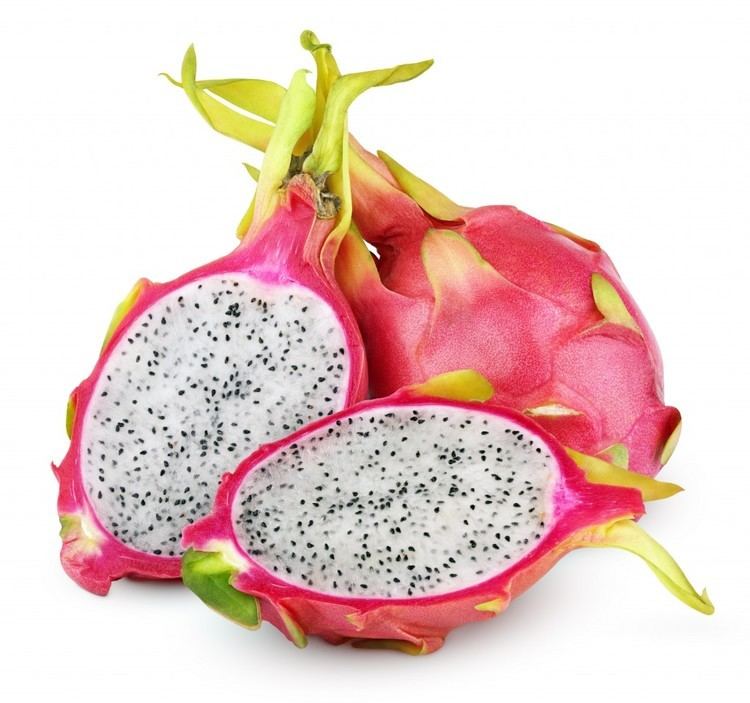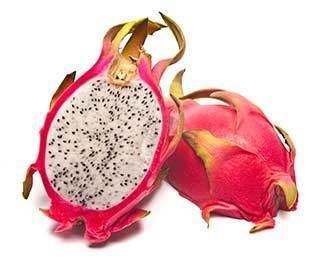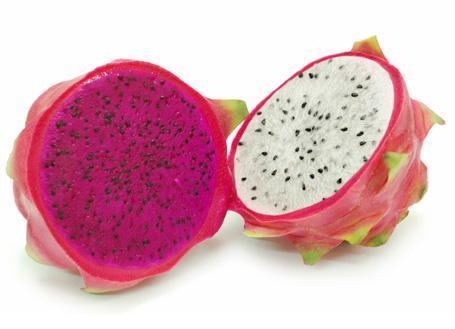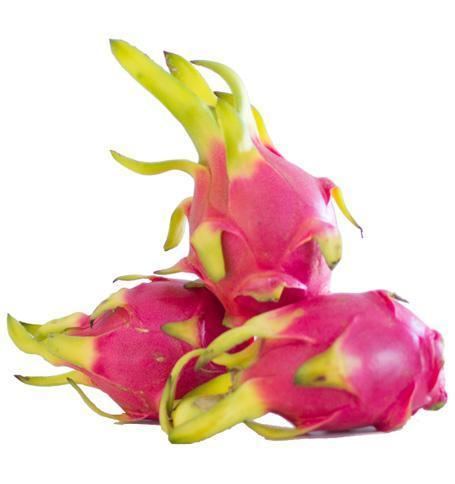 | ||
Representative species Hylocereus undatus, Cereus repandus, Hylocereus megalanthus, Hylocereus costaricensis, Stenocereus thurberi Similar Passion fruit, Lychee, Fruit, Carambola, Rambutan | ||
How to pick and eat dragon fruit pitaya
A pitaya /pᵻˈtaɪ.ə/ or pitahaya /ˌpɪtəˈhaɪ.ə/ is the fruit of several cactus species indigenous to the Americas. "Pitaya" usually refers to fruit of the genus Stenocereus, while "pitahaya" or "dragon fruit" refers to fruit of the genus Hylocereus.
Contents
- How to pick and eat dragon fruit pitaya
- Eating dragon fruit pitaya
- Vernacular names of Hylocereus
- Geography
- Stenocereus
- Dragon fruit Hylocereus
- Cultivation
- Pests and diseases
- Characteristics
- Seed oils
- References

Eating dragon fruit pitaya
Vernacular names of Hylocereus

These fruits are commonly known in English as "dragon fruit", reflecting its vernacular Asian names. The name 'pitahaya' or 'pitaya' derives from Mexico, and pitaya roja in Central America and northern South America, possibly relating to pitahaya for names of tall cacti species with flowering fruit.
Geography

Pitahaya-producing cacti of the genus Hylocereus are originally native to Mexico. They were transplanted to Central America, probably by Europeans. They are cultivated in Southeast Asia, the United States, Israel, Australia, Cyprus and the Canary Islands.
Stenocereus

Stenocereus fruit (sour pitayas) are a variety that is commonly eaten in the arid regions of the Americas. They are more sour and refreshing, with juicier flesh and a stronger taste. The sour pitaya or pitaya agria (S. gummosus) in the Sonoran Desert has been an important food source for Native Americans. The Seri people of northwestern Mexico still harvest the fruit, and call the plant ziix is ccapxl – "thing whose fruit is sour". The fruit of related species, such as S. queretaroensis and the dagger cactus (S. griseus), are also locally important foods. The organ pipe cactus (S. thurberi) fruit (called ool by the Seris) is the pitaya dulce ("sweet pitaya"). It still has a more tart aroma than Hylocereus fruit, described as somewhat reminiscent of watermelon; it has some uses in folk medicine.

Fruits of some other columnar cacti (mainly Cereeae) are also called "pitayas" – for example those of the Peruvian apple cactus (Cereus repandus), which are very rare.
Dragon fruit Hylocereus
Sweet pitayas come in three types, all with leathery, slightly leafy skin:
Early imports from Colombia to Australia were designated Hylocereus ocampensis (supposedly red fruit) and Cereus triangularis (supposedly yellow fruit). It is not quite certain to which species these taxa refer, though the latter is probably the red pitahaya.
The fruit normally weighs from 150 to 600 grams; some may reach one kilogram.
Cultivation
After thorough cleaning of the seeds from the pulp of the fruit, the seeds may be stored when dried. Ideally, the fruit must be unblemished and overripe. Seeds grow well in a compost or potting soil mix – even as a potted indoor plant. Pitaya cacti usually germinate after between 11 and 14 days after shallow planting. As they are cacti, overwatering is a concern for home growers. As their growth continues, these climbing plants will find something to climb on, which can involve putting aerial roots down from the branches in addition to the basal roots. Once the plant reaches a mature 10 pounds in weight, the plant may flower.
Pitaya flowers bloom overnight and usually wilt by the morning. They rely on nocturnal pollinators such as bats or moths for fertilization. Self-fertilization will not produce fruit in some species, and while cross-breeding has resulted in several "self-fertile" varieties, cross-pollinating with a second plant species generally increases fruit set and quality. This limits the capability of home growers to produce the fruit. However, the plants can flower between three and six times in a year depending on growing conditions. Like other cacti, if a healthy piece of the stem is broken off, it may take root in soil and become its own plant.
The plants can endure temperatures up to 40 °C (104 °F) and very short periods of frost, but will not survive long exposure to freezing temperatures. The cacti thrive most in USDA zones 10-11, but may survive outdoors in zone 9a or 9b.
Hylocereus has adapted to live in dry tropical climates with a moderate amount of rain. The dragon fruit sets on the cactus-like trees 30–50 days after flowering and can sometimes have 5-6 cycles of harvests per year.
Pests and diseases
Overwatering or excessive rainfall can cause the flowers to drop and fruit to rot. Also, extended over-watering can cause maturing fruit to split on the branch. Birds can be a nuisance. The bacterium Xanthomonas campestris causes the stems to rot. Dothiorella fungi can cause brown spots on the fruit, but this is not common. Other fungi known to infect pitaya include Botryosphaeria dothidea, Colletotrichum gloesporioides and Bipolaris cactivora.
Characteristics
The fruit's texture is sometimes likened to that of the kiwifruit because of its black, crunchy seeds. The flesh is mildly sweet and low in calories. The seeds have a nutty taste and are rich in lipids,. The fruit is also converted into juice or wine, or used to flavour other beverages. The flowers can be eaten or steeped as tea.
Seed oils
The fatty acid compositions of two pitaya seed oils were determined as follows:
